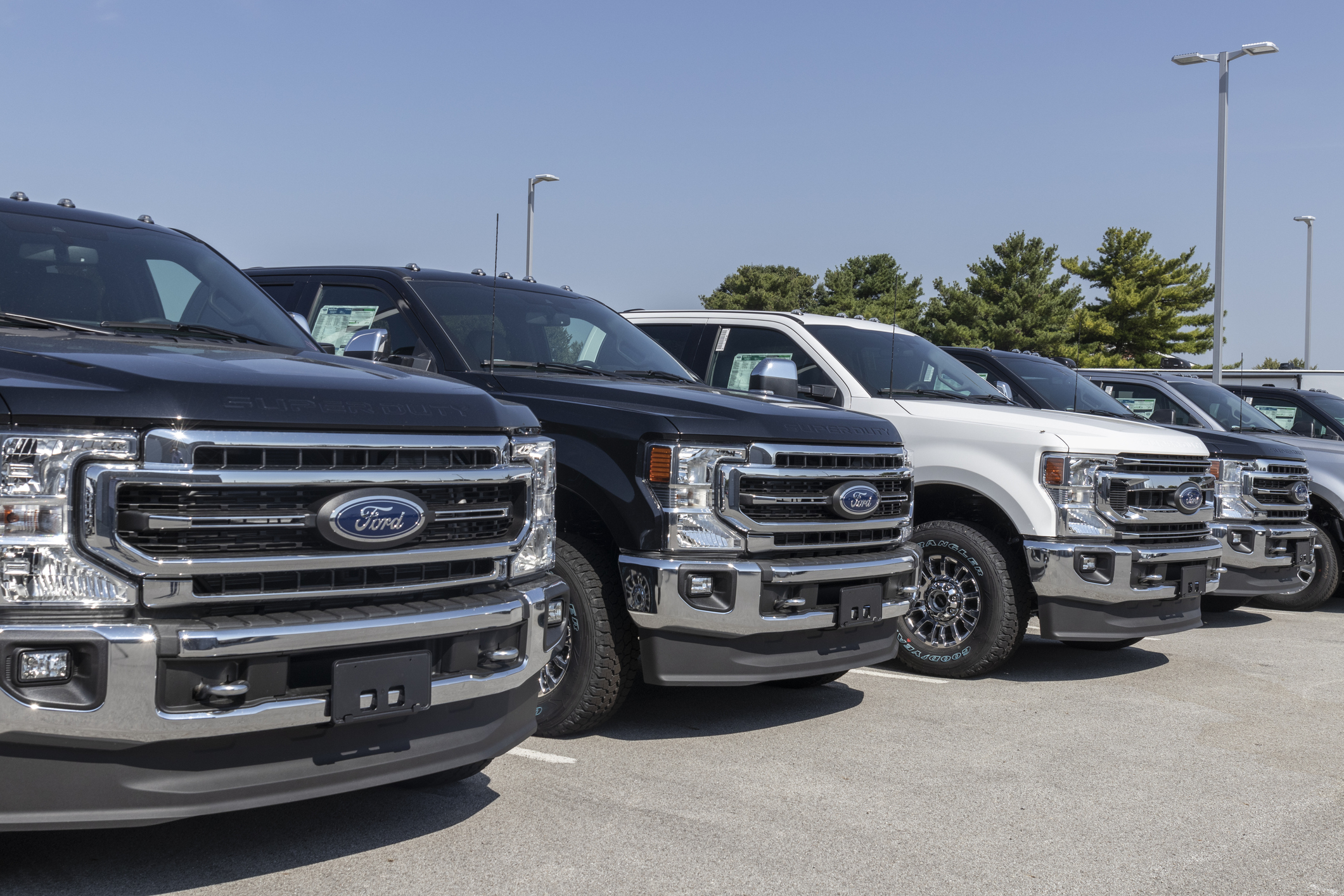Full-size pickup trucks remain the most popular vehicles in Canada and the U.S.—despite the fact they are gas-guzzling, infrastructure-destroying people-killers. What can we do?
Nobody in North America wants to be told what to drive.
Unless it’s by the marketing teams at GM, Ford and Chrysler, that is.
Because they’ve spent decades and billions convincing suburban-dwellers that their grocery-getter of choice is a 5,000-pound, 19-foot-long pickup truck that gets 16 mpg and requires $5K worth of external cameras to be able to parallel park.
The Drive said it perhaps the best: “Hey, America: You Don’t Need a Pickup Truck, You Need a Cowboy Costume.”
This is backed by facts. While the Ford F-150 remains the most popular vehicle in the U.S. and Canada, 70% of their owners only go off-road once a year, and some 35% actually ever tow with it.
Inspect the bed of the average pickup truck on your block—it’s spotless and scratch-free. And if there is anything in it, it’s no more than what could be carried by a station wagon or a bike-rack.
So yeah, save the me the “I need a pickup truck!” comments. Maybe YOU do. But the overwhelming bulk of drivers DO NOT.
But why care what others drive?
Well, these choices affect us all. On average, full-size pickup trucks get 10 mpg LESS than their passenger vehicle counterparts. Multiply that by millions and you have a climate-changing environmental disaster for no good God damn reason at all.
But the affects are also more immediate. Full-sizers weight between 4,500 and more than 6,000 pounds (yes, I know the EV weight problem and have written about it). All this extra weight wears out our infrastructure and burdens us with increased tax bills.
And finally, there’s the safety angle. A pedestrian has a 13% chance of dying if struck by a full-size pickup, compared to a 5% chance when struck by a passenger car.
Kids are eight-times more likely to be killed if struck by a full-size truck than a passenger car.
And all vehicles with hoods higher than 102 centimetres (40 inches) have a 40% greater likelihood of killing a pedestrian than vehicles with a hood height less than 76 centimetres (30 inches).
Not to mention the forward visibility of the average full-size pickup truck is worse than an M1 Abrams Tank. (Think about that the next time you see one roar by your front yard.)
I could go on and on about the dangers of high-hooded, heavyweight vehicles—of which pickup trucks are the poster children—but you get the point.
We all carry this burden to satisfy the needs of cowboy wannabes who roar around in road-monsters to cosplay as the Marlboro Man.
So what can be done? It would actually be a very easy solution. In fact, some jurisdictions are already doing it—they just don’t know it.
Alberta, for example, which is a hotbed of pickup trucks, added a $200 per year registration fee for EVs… citing among other things, their heavier weight being harder on infrastructure.
So close, Alberta!
Because I’m not proposing any regulations against specifically pickup trucks.
Just against heavyweights.
Simple. For any vehicle greater than 4,500 pounds, you pay an additional $500 per year registration fee. More than 5,500? Double it.
And for Heavy Duty pickup trucks—think F-350s and similar—you simply must present a valid commercial or business licence in order to register.
(I’m not trying to punish landscapers and farmers here!)
Now, if you wanna play cowboy—you gotta pay for the privilege. Simple as that.
Then watch as a base-model Toyota Tacoma or Honda Ridgeline suddenly fits the bill…

[…] I’m actually here to talk about the terrible applications—the full-size SUV/van/truck. A bastardization of everything an EV should stand for. And for one major […]